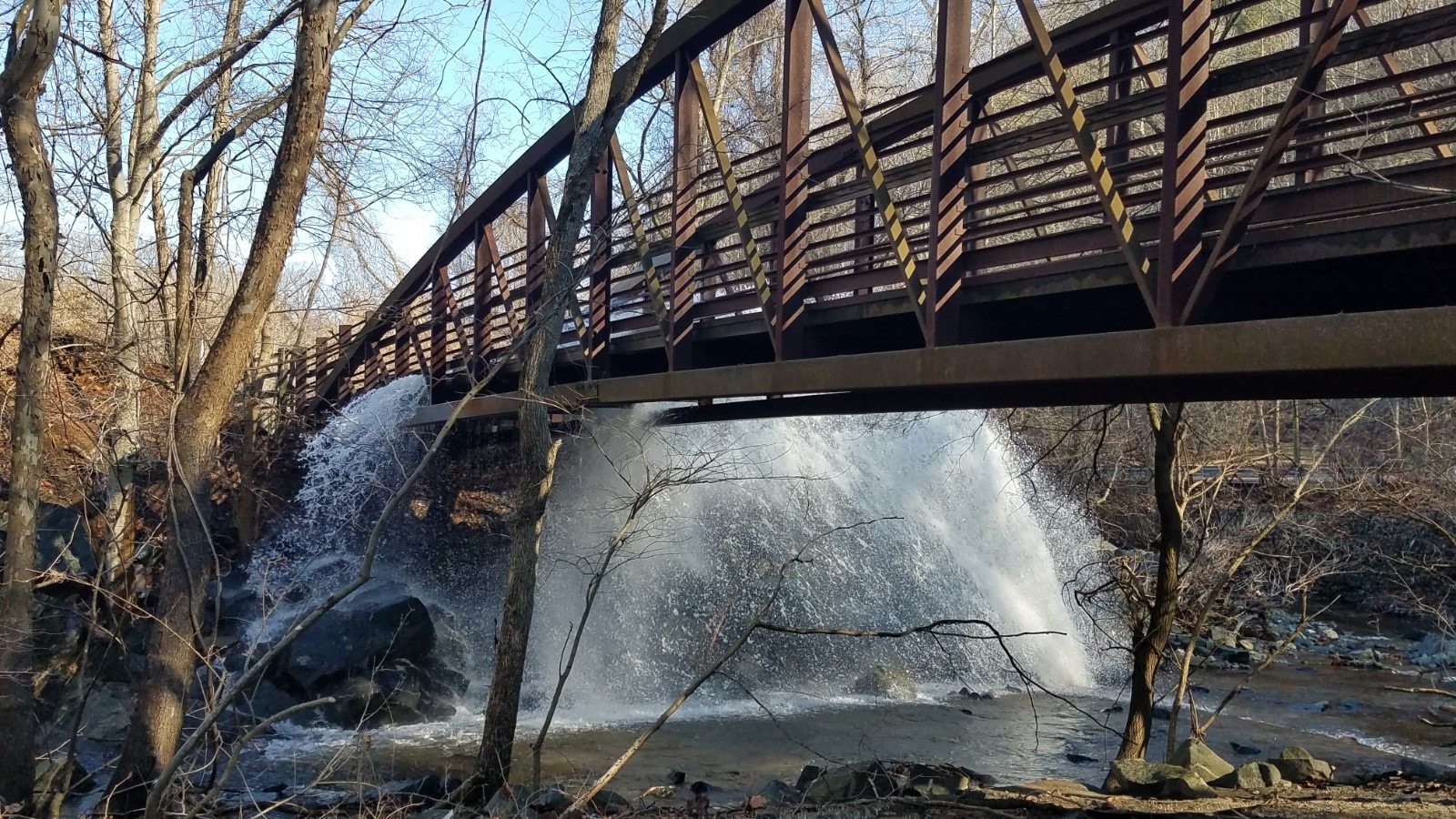Drinking water is a pollutant. Let’s treat it that way.
When people think about things that pollute Baltimore’s streams and rivers, chances are they think about sewage, trash, and legacy toxins. Drinking water? Not so much.
It’s hard to think of drinking water as a pollutant. After all, it is clean water, right? It doesn’t have the pungent smell that sewage does. It’s not unsightly like trash is. How could something that’s safe for us to drink be a bad thing?
I recently spoke at a City Council hearing about a water main break that took place in Leakin Park last September. Chlorinated drinking water gushed into Dead Run for over 72 hours before Baltimore City’s Department of Public Works (DPW) took action, which resulted in a large fish kill of nearly 2,000 individual fish.
Safe for us, dangerous for the environment
Municipal drinking water may look clean and clear, but there’s something that makes it nothing like the water in our streams: chlorine.
Our local water treatment plants chlorinate our drinking water so it’s safe for us to drink. The chlorine kills water-borne bacteria that could make us sick, but that chemical also makes water main breaks disastrous for stream health.
Unlike humans, fish, amphibians, and other aquatic animals absorb water directly through their gills or skin. Chlorine can chemically burn these fish, and it is considered a toxin for sensitive species.
Last September’s water main break proved to be deadly; about 2,000 fish, including dozens of American eel, were killed. Chlorine can decimate also the important microbes and algae that thrive in our streams and soils. Because of this, uncontrolled water main breaks can damage entire ecosystems.

About 2,000 fish — including the endangered American eel – were killed in Leakin Park after a city water main broke last September. Credit: Mark Reutter / Baltimore Brew.
Drinking water can churn up turbidity (and trouble)
When we talk about Baltimore’s ageing pipe infrastructure, it’s not just the stormwater and sewer lines that fail; it’s the drinking water pipes too.
When a water main break occurs, pressurized water gushes into our local waterways and carries everything in its path along with it. The surge of water churns up mud, sand, plants, trash, and other debris. This can make the stream cloudy – or high in turbidity – and less light can pass through the water.
If our waterways are high in turbidity, it can:
- Kill aquatic plants that make oxygen and food for wildlife
- Make surface waters too warm for plants and algae
- Clog and damage fish gills
- Make it hard for wildlife to see, swim, lay eggs, and catch prey

When drinking water surges into our streams, it can churn up mud and debris that make our streams look murky and cloudy. Credit: National Aquarium.
Holding polluters accountable
In Baltimore, the Department of Public Works must stop water main breaks as soon as possible. Here’s how you can help:
- If you see a water main break or leak, call 311 immediately. Then, submit an online pollution report to us or call our reporting hotline at (443) 908-0696 so that we can track the issue.
- Visit our Baltimore Water Watch page to view our latest water quality readings. We take measurements of many different aspects of water health, including water clarity.
- Support our work to track down and hold polluters accountable. Donate today.
- Connect with us to stay in the know!
_____________________
Alice Volpitta is the Baltimore Harbor Waterkeeper at Blue Water Baltimore. She’s passionate about using science to hold polluters accountable.

